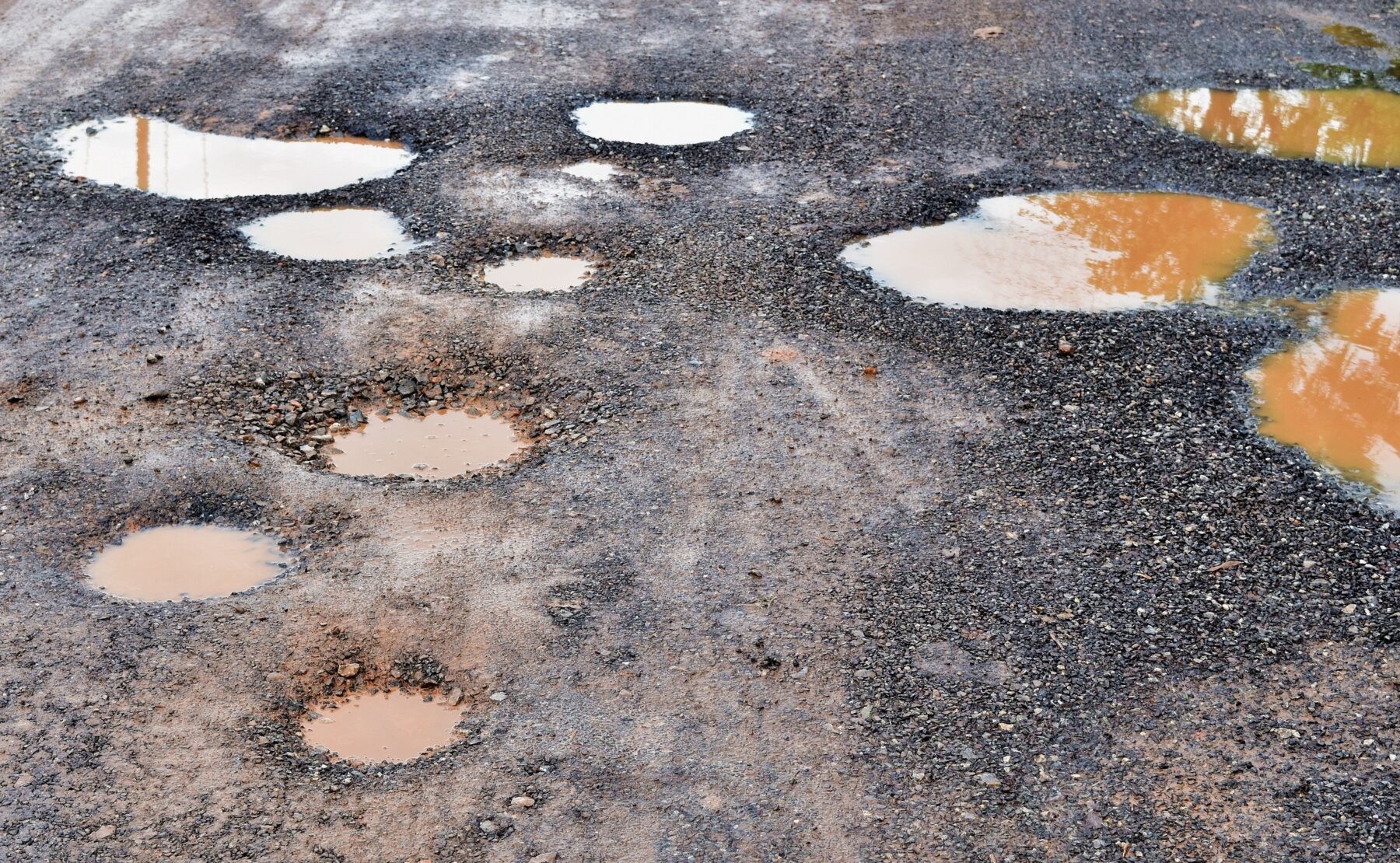Choosing the Best Gravel and Sand for Springtime Driveway Repairs
April 2, 2025
Winter has a way of taking its toll on driveways. The freeze-thaw cycle loosens the foundation, heavy snowplows shift materials, and spring rains expose every rut and soft spot. By the time warmer weather rolls in, many driveways need attention. Whether it’s filling potholes, improving drainage, or reinforcing the surface, choosing the right gravel and sand makes all the difference in durability and long-term performance.
Understanding Driveway Gravel and Sand Composition
Gravel isn’t just gravel when it comes to a durable driveway. It’s a layered system, each part pulling its weight. The foundation starts with larger crushed stone, ensuring stability and keeping the surface from shifting under pressure. A mid-layer of medium-sized gravel compacts tightly, adding strength without sacrificing drainage. The top layer, the one that gets all the attention, must do more than look good. It needs to handle wear, weather, and weight without crumbling. Sand ties it all together, filling gaps, stabilizing the structure, and keeping erosion in check.
Spring repairs often focus on the top two layers, but neglecting the base can lead to repeated maintenance. If deep potholes or major erosion have occurred, reinforcing the foundation with the right materials ensures a longer-lasting fix.
Choosing the Right Gravel Size and Type
A high-traffic driveway needs more than just any gravel, it needs a mix that stays put under pressure while still allowing water to drain. Crushed limestone, crushed granite, and recycled concrete aggregate check both boxes. Their angular edges stabilize the structure when compacted, forming a surface that holds up against constant use without shifting or washing out. Go with the wrong material, and it’s a fast track to ruts, loose stones, and never-ending maintenance.
Pothole repairs start from the bottom up. A solid base of larger crushed stone sets the foundation, keeping everything stable before smaller gravel locks it in. Skip that step, and the fix won’t last, where rain will wash out loose material, and the problem will be back before long. Pea gravel might look nice, but it won’t hold up under steady traffic. Without enough friction to keep it in place, it shifts too easily, turning a repair into a recurring headache.
Sand as a Key Component in Driveway Repairs
Sand does more than just fill gaps; it’s the glue that holds a gravel driveway together. It settles into the spaces between stones, locking everything in place while still letting water pass through. The right kind makes all the difference. Washed concrete sand or coarse sand keeps drainage flowing, while finer sands pack too tightly, trapping moisture instead of directing it away. Get that balance wrong, and the driveway turns into a soggy mess after every rain.
Applying a thin layer of sand before adding the final gravel topping enhances compaction, creating a more uniform and durable surface. It also prevents larger stones from sinking into softer areas, particularly in regions where spring thaw creates muddy conditions.
Addressing Drainage Issues Before Repairs
Spring is the perfect time to assess how well a driveway drains. Standing water or deep ruts are clear indicators of poor drainage. Simply adding more gravel won’t solve the problem if water continues to collect in low spots. Grading the driveway to direct runoff away from trouble areas helps prevent future damage.
For particularly wet locations, a layer of larger crushed stone beneath the main surface allows water to filter through instead of pooling. French drains or strategically placed trenches along the edges of the driveway can also improve water management, reducing the likelihood of erosion and washouts.
The Compaction Secret
No matter how well-chosen the materials are, without proper compaction, repairs won’t last. Compacting each layer with a plate compactor or heavy roller secures the layers, reducing air pockets that can cause settling over time. This step is especially important in spring, as thawing ground can remain soft beneath the surface.
When repairing potholes, compacting in stages, starting with the base stone, followed by smaller gravel, and then the top layer, creates a repair that blends seamlessly with the rest of the driveway. Rushing the process or skipping compaction altogether results in uneven surfaces and recurring issues.
Finishing Touches for a Polished Look
Once repairs are complete, spreading a final layer of fresh gravel across the entire driveway evens out color variations and blends old and new material. Raking it smooth and lightly compacting ensures a uniform finish.
Applying a binding agent or driveway stabilizer can further enhance durability, particularly in areas with heavy rain or high traffic. These products help stabilize the structure, reducing dust and displacement over time.
Spring driveway repairs go beyond patching up winter’s damage. They’re about building a surface that holds strong through the heat, rain, and whatever next winter throws at it. The right mix of crushed stone, gravel, and sand lays the groundwork for a driveway that won’t break down after a few storms. Compact it right, fix drainage issues before they start, and the job won’t have to be repeated every season.


